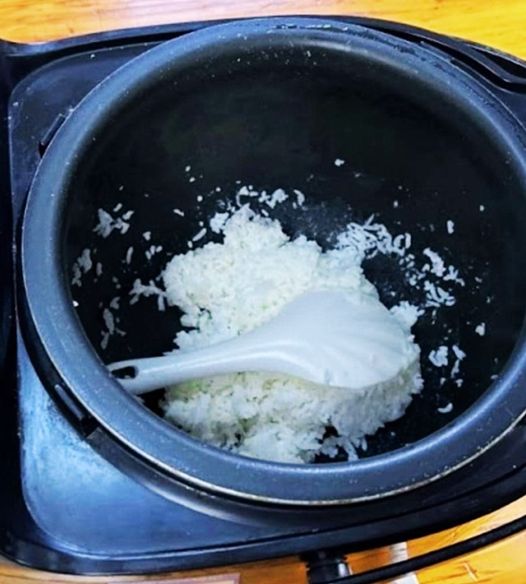Is It Safe to Eat Rice Left in a Rice Cooker Overnight?
Case 1:
If you cook rice in a rice cooker and keep the lid closed after the rice is done cooking, most microorganisms will stay out and the rice will stay fresh longer.
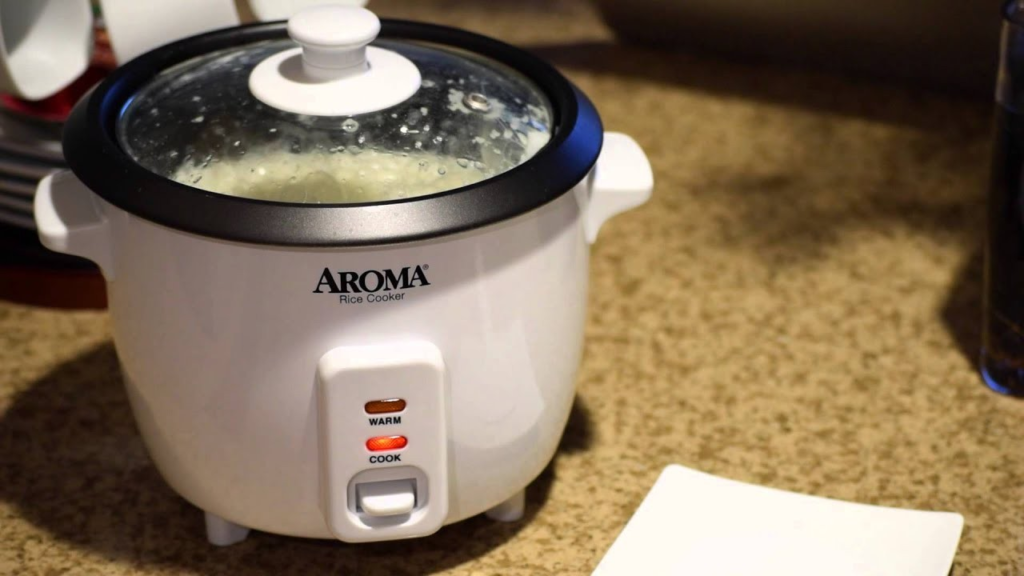
The rice cooker creates a sterile environment by keeping it closed, preventing bacteria and other microorganisms from surviving and multiplying due to the moist and nutritious environment that rice provides.
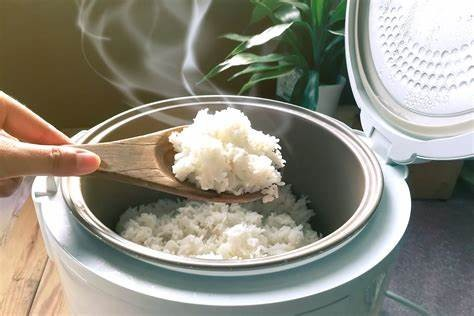
If the electricity goes out and the rice cools down because the refrigeration system is not working, most bacteria will not thrive and the chance of the rice spoiling will decrease.
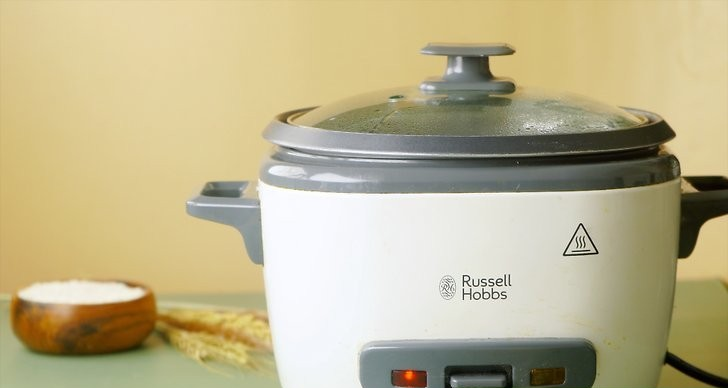
Even though the rice is left in the rice cooker overnight, its flavor will not be lost as bacteria cannot multiply fast enough in the sealed and warm environment of the rice cooker, keeping the rice safe and flavorful to consume.
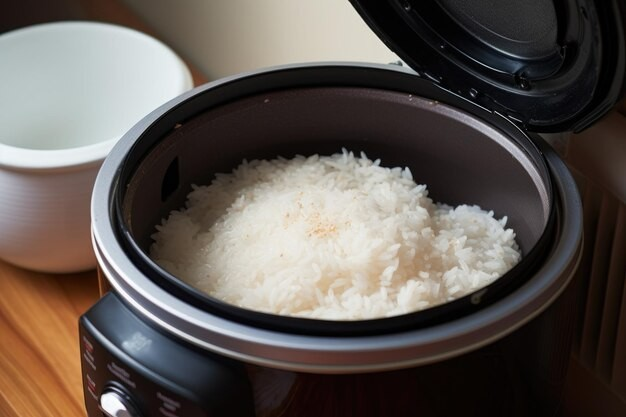
This method is extremely suitable for the long-term preservation of rice without it going stale quickly.
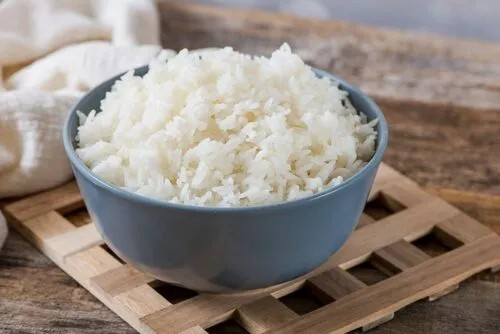
Case 2
A common situation is that people immediately scoop some rice out of the rice cooker after cooking, fill their plate, enjoy their meal, and then close the lid again to keep the leftover rice warm.
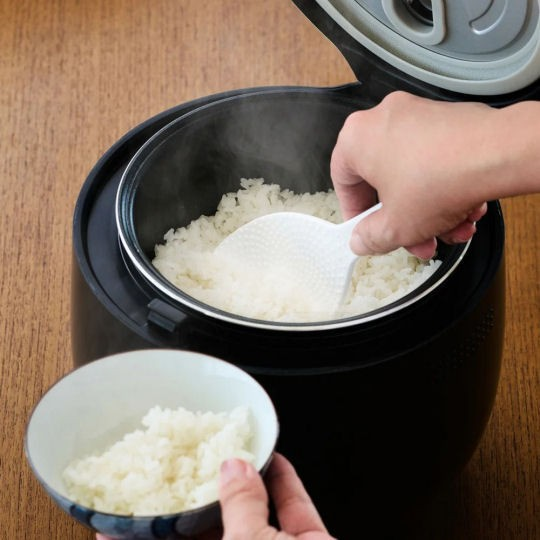
When the rice cooker lid is opened, the temperature remains high enough to neutralize most bacteria and ensure food safety, even if air and bacteria enter.
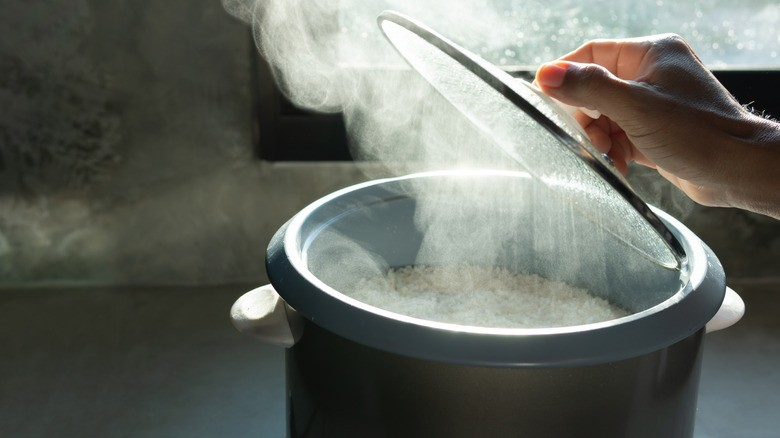
The heat prevents bacterial growth and maintains the quality of the rice when it is returned to a warm, sealed environment.

This makes rice safe to eat the next day, provided it has been stored properly in the refrigerator and the rice cooker has been closed the entire time the rice has been sitting.
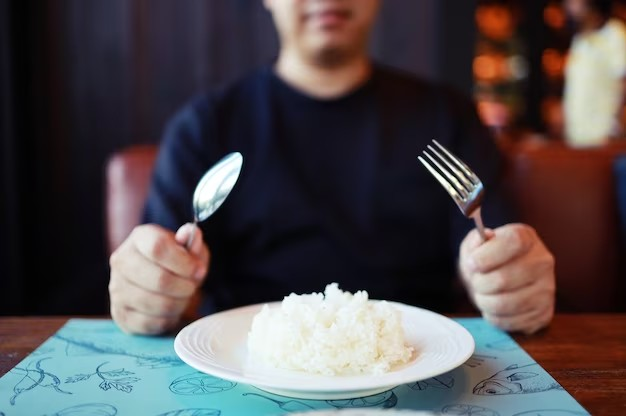
The quality of the rice may be affected and possibly decrease in the rice cooker in some cases, but in general the safety of the rice cooker is guaranteed.
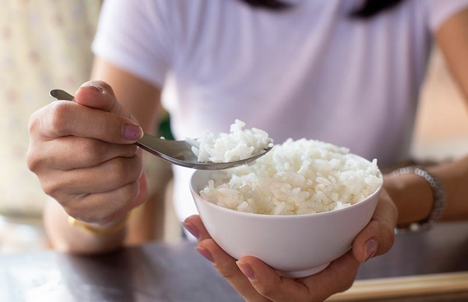
Case 3
After cooking in the rice cooker, the rice is carefully removed with a clean spoon or scoop once it has cooled sufficiently and the flavors have been well absorbed.
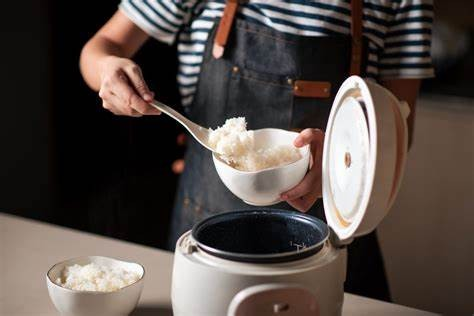
This often happens in households where leftover rice is saved for later meals, but with good ventilation and a clean environment the chance of bacteria is small.
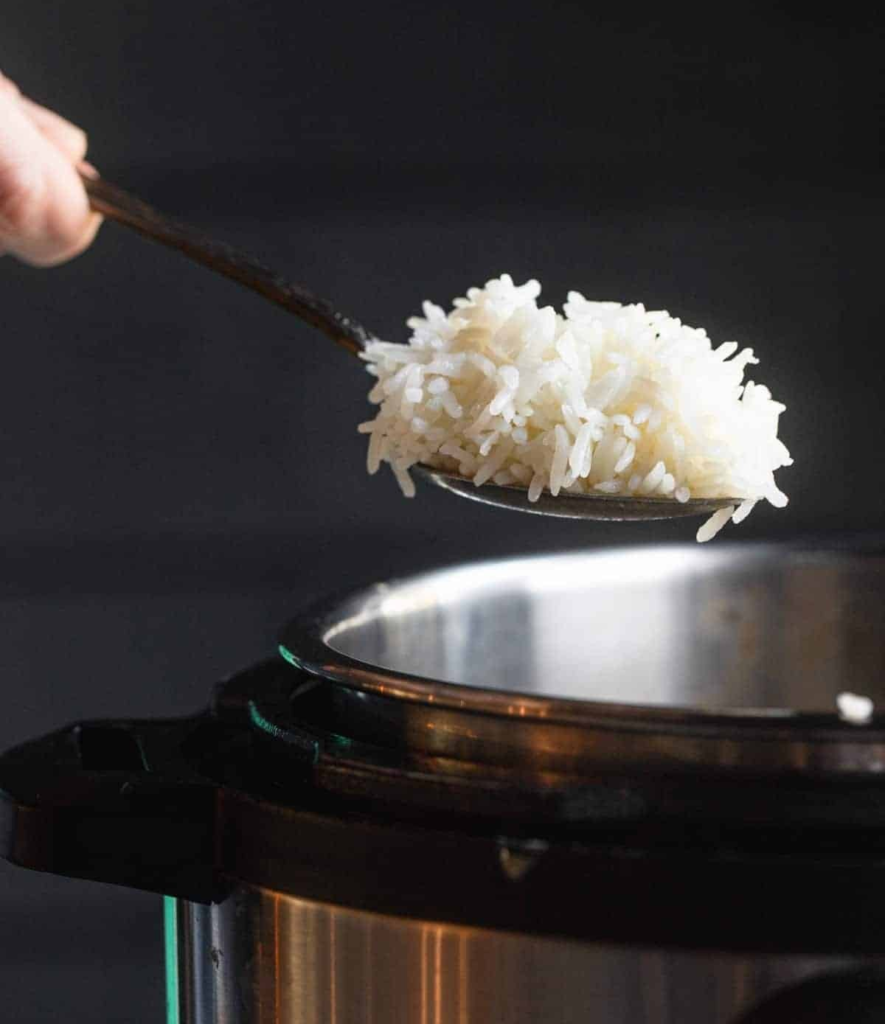
The rice can be safely stored overnight, but it is important to remember that bacteria can multiply more quickly in cooled environments, increasing the risk of food poisoning. Therefore, it is wise to cool leftovers quickly and refrigerate them within 2 hours of cooking to prevent the growth of harmful bacteria.
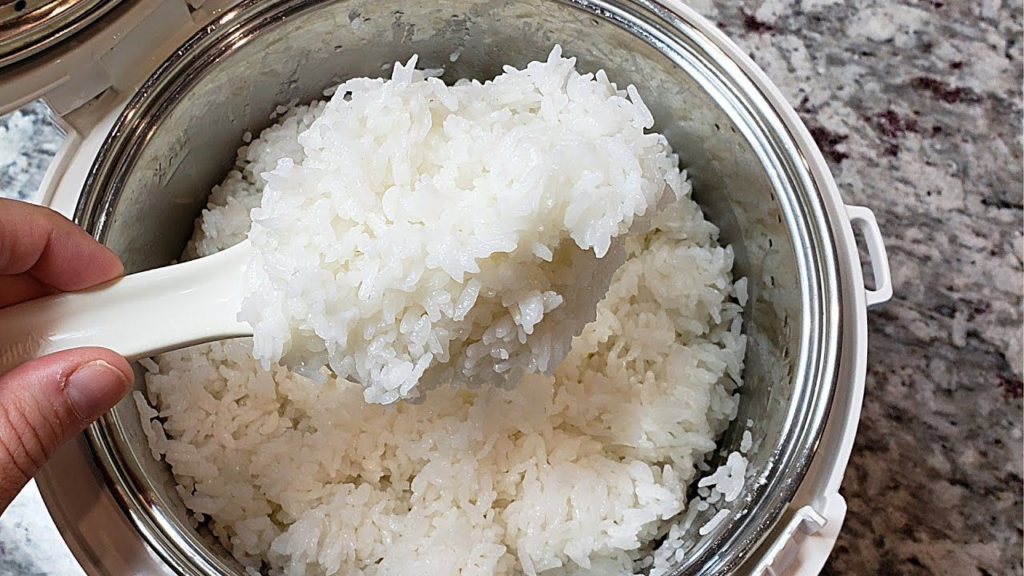
Despite this, although it is a situation with a low probability of risk, it is still advisable to take precautions. It is crucial to use carefully cleaned cutlery to prevent the introduction of harmful microorganisms, thus minimising the risk of quality loss.
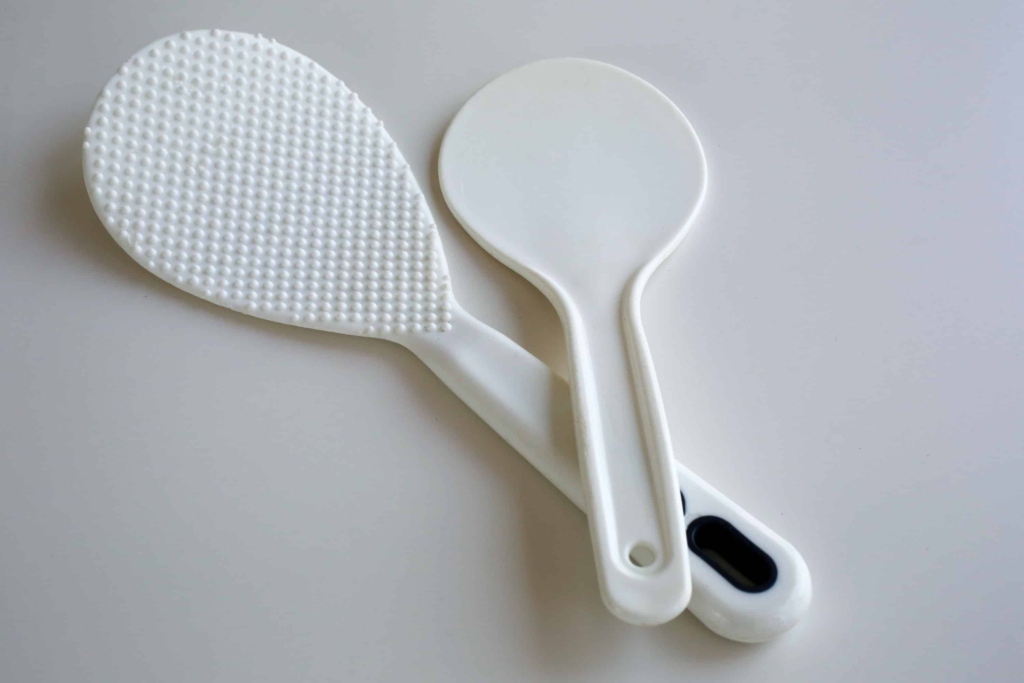
Case 4
“This scenario is strongly discouraged as it significantly increases the risk of bacterial contamination when people use used eating utensils, such as chopsticks, forks or spoons, to scoop rice and then return it to the rice cooker.”

In this situation, bacteria can easily enter the rice cooker, as the moist and warm environment provides ideal growth conditions. This increases the risk of contamination and food poisoning.
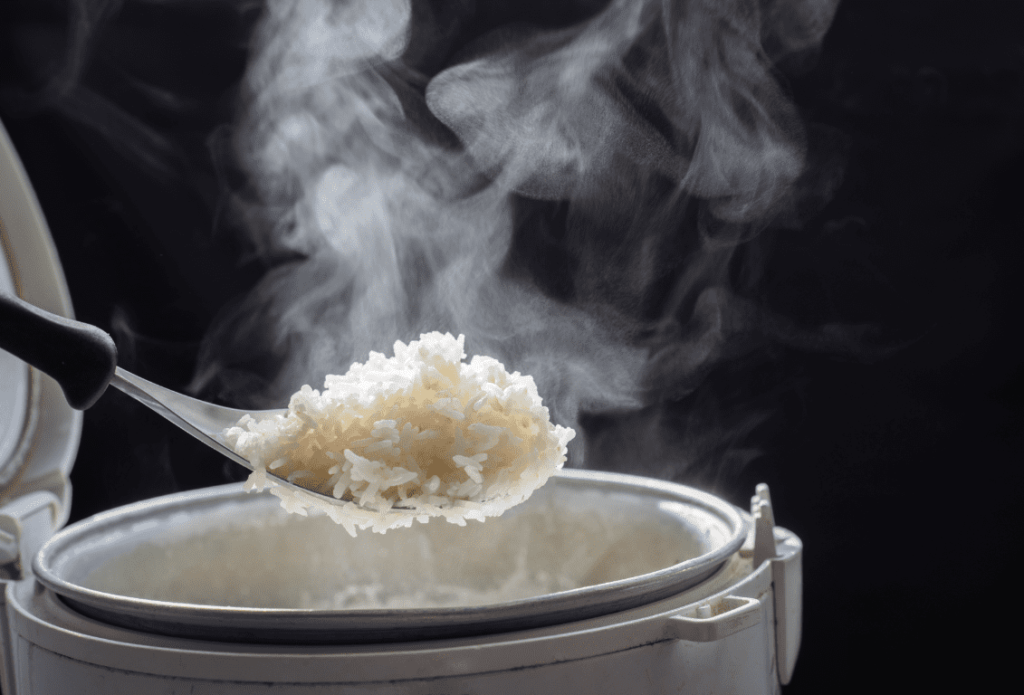
During summer, rice products can spoil quickly due to the warm temperatures and humidity, so it is essential to ensure that the rice retains its freshness during this period to avoid compromising its quality.
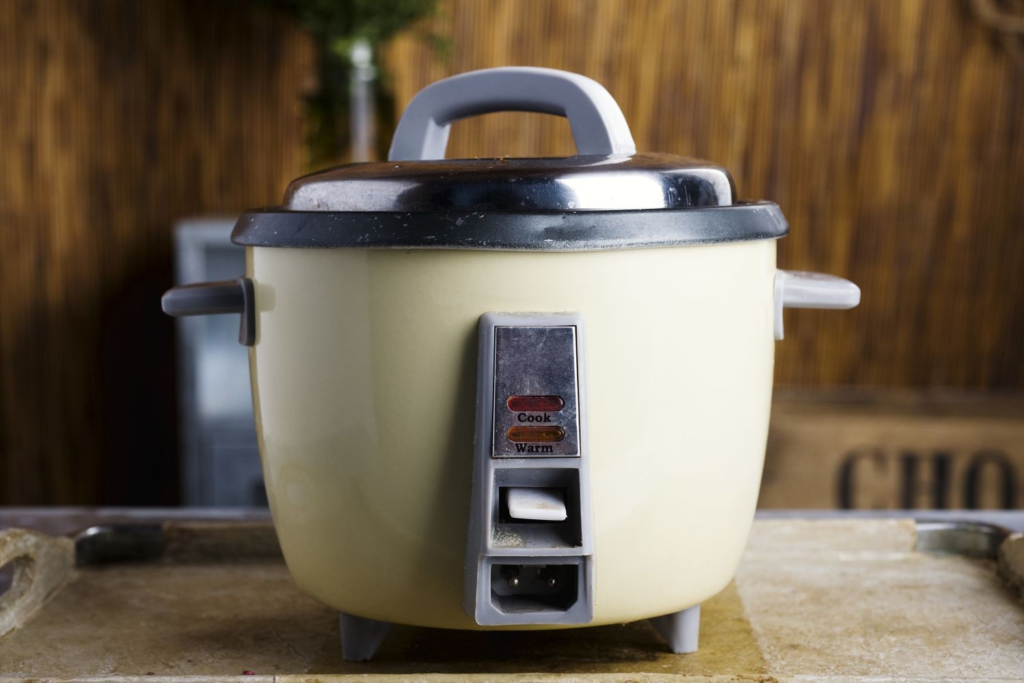
Once you’re done cooking the rice, make sure to place it in the refrigerator immediately to prevent spoilage.
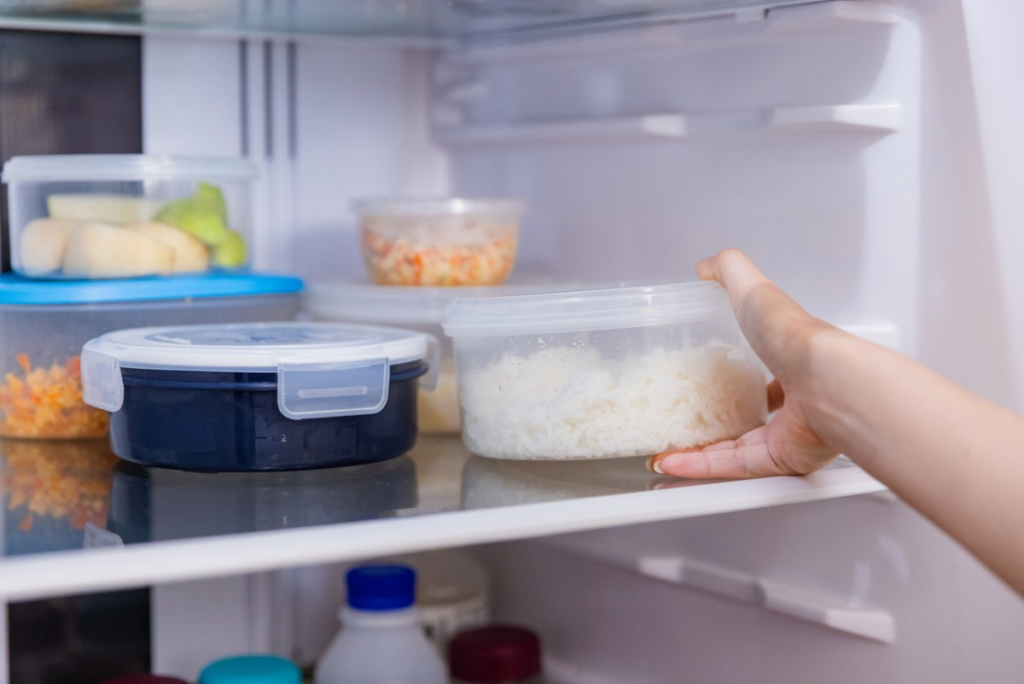
How to Cook Rice
Now that we have discussed the different scenarios and mapped out all the possible options, it is crucial to understand how to properly store rice to minimize waste.
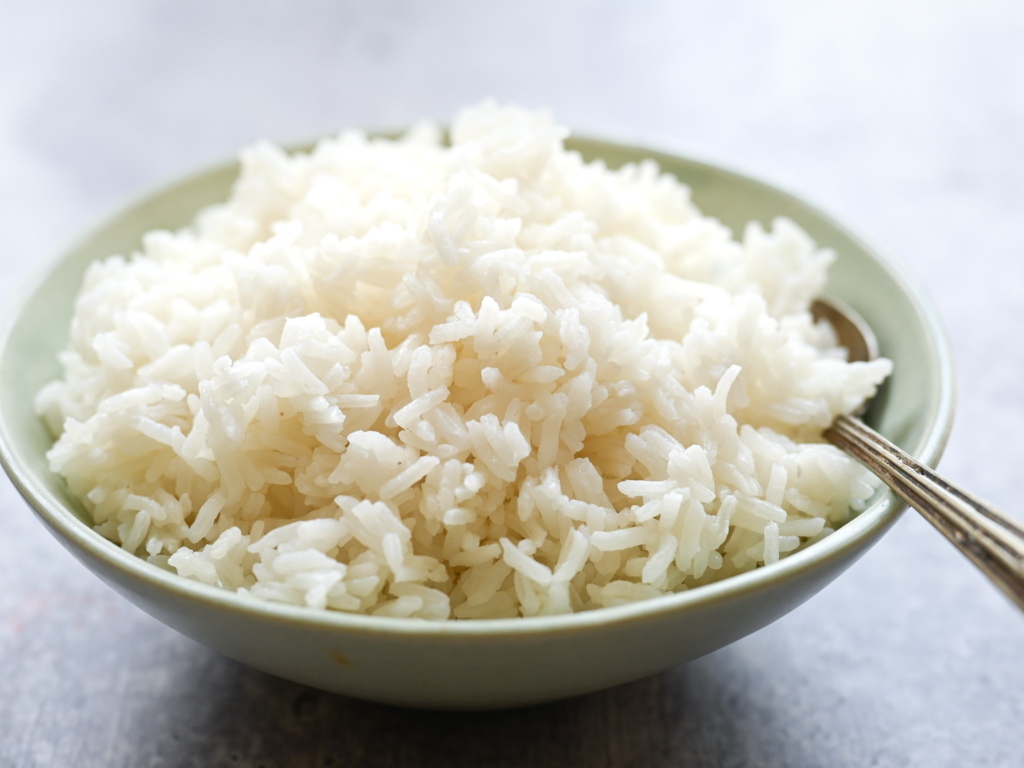
It is very important to store rice correctly to maintain its freshness. Store it in an airtight container in a cool, dry place and make sure it is not exposed to moisture and heat.
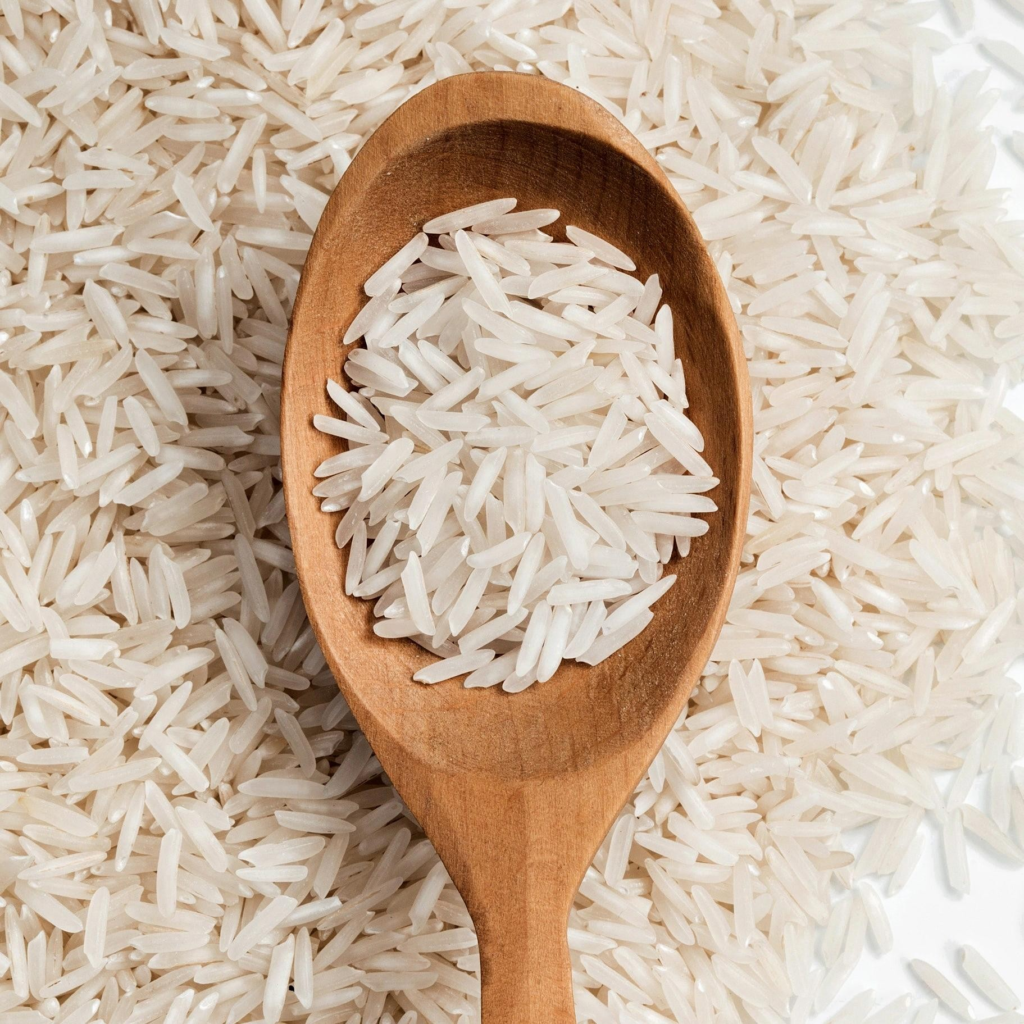
Cold Water
To keep the rice fresh for longer, we recommend placing the inner pot of the rice cooker in cold water when not in use, so that the temperature remains constant and the rice is not exposed to external factors that could affect its freshness.
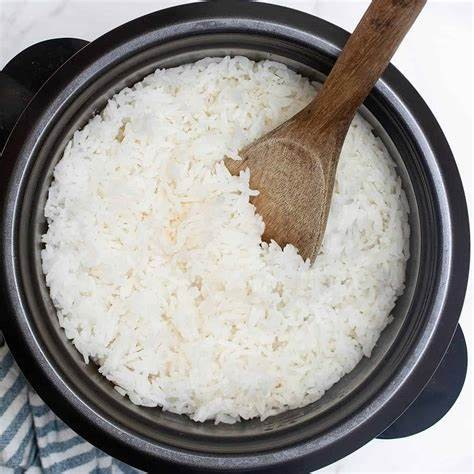
Take a clean bowl and scoop the remaining rice from the inner pot of the rice cooker. Then add two-thirds of the bowl of water to the rice.
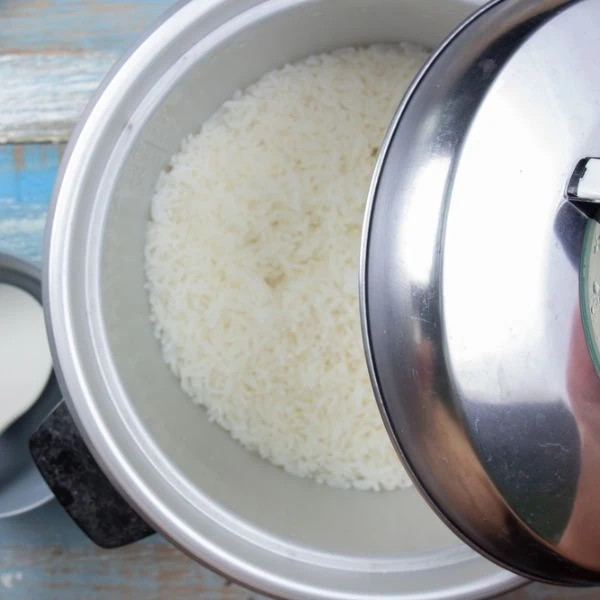
Soaking the pan in cold water quickly lowers the rice temperature, resulting in rapid cooling and limiting bacterial growth.
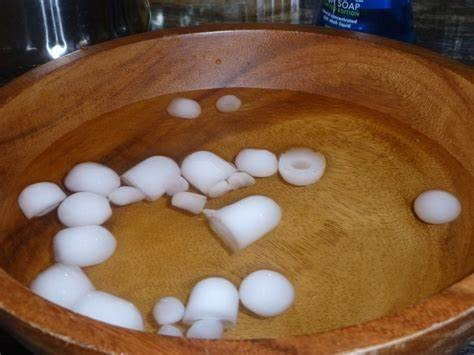
This rice cooker is useful when there is no refrigerator available, for example at a campsite, or when the rice is needed quickly for the next meal.
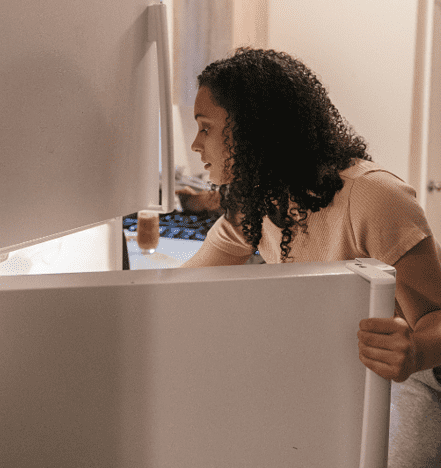
The Refrigerator
To better preserve unused rice, we recommend allowing it to cool completely before placing it in the refrigerator, so it stays fresh and tasty for longer.
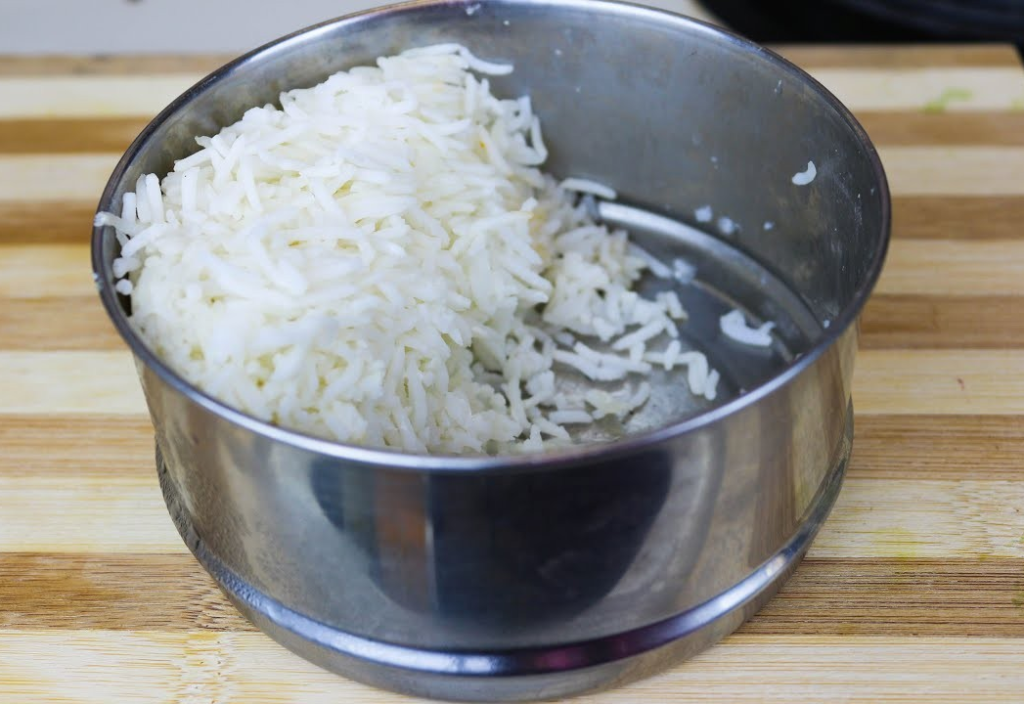
Cover the cooled rice with plastic wrap or place it in an airtight container to prevent drying out and contamination, which will help preserve the flavor and texture of the rice for longer and ensure food safety.
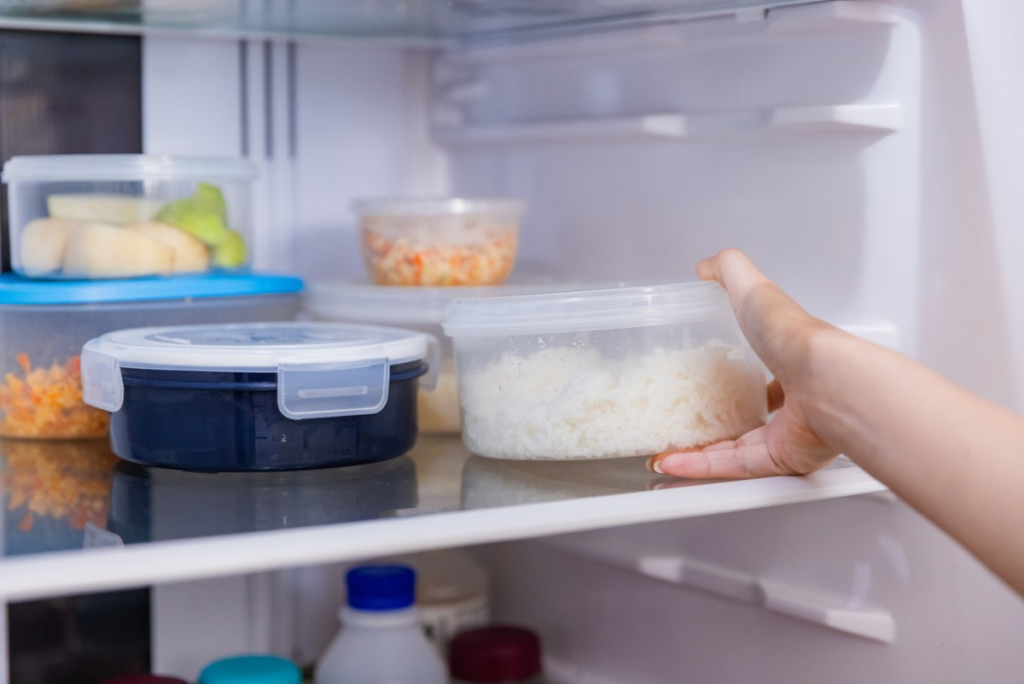
During the warm summer months, it can be useful to store rice in the freezer if you do not plan on eating it soon, as it preserves the freshness and quality of the rice for longer. Therefore, it is advisable to simply store rice in the freezer during the summer.
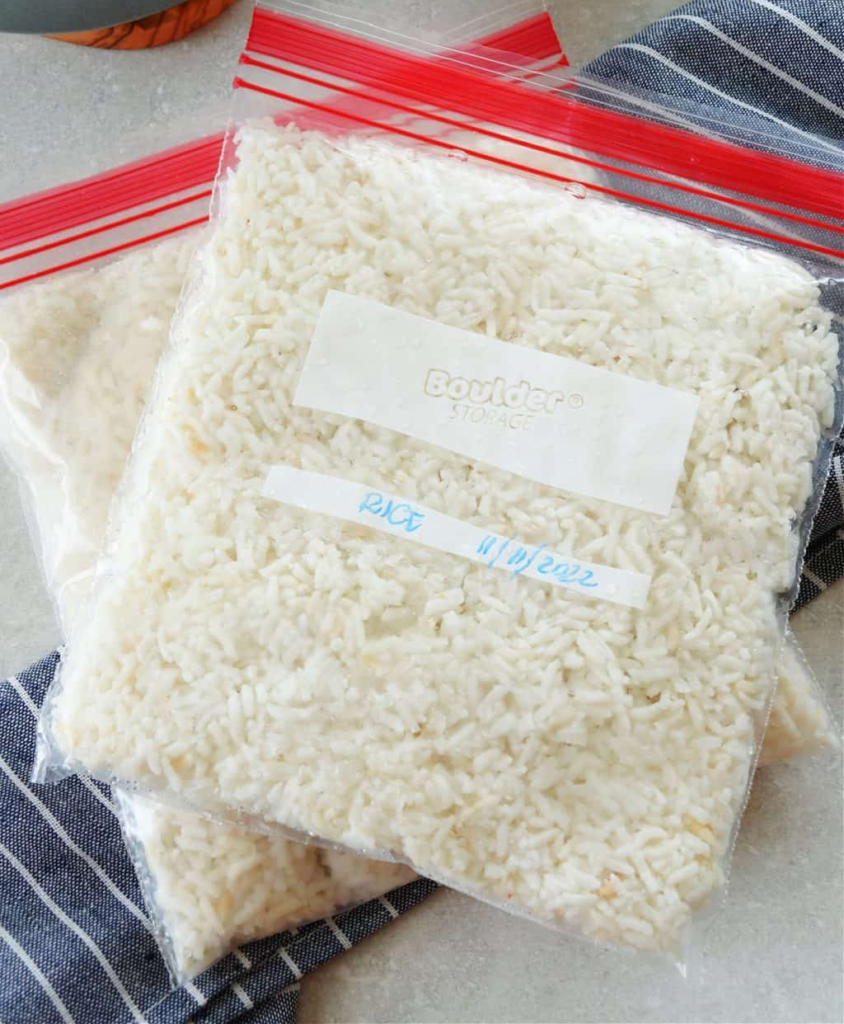
It is recommended to consume the rice within 6 hours of cooking or reheat it before consuming.
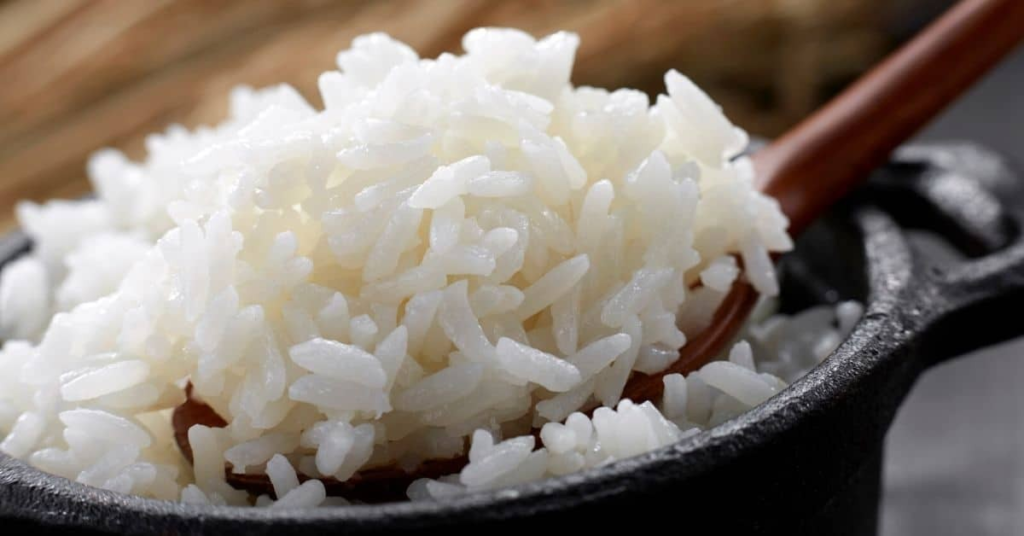
These methods are carefully designed with the aim of preserving the quality and freshness of rice, thereby reducing wastage and extending the shelf life of the rice, ultimately leading to more efficient use of this nutritious grain product.

Key Points
- Closed lids on rice cookers reduce the amount of bacteria in rice.
- Cover the rice cooker quickly to neutralize bacteria.
- Use clean spoons when handling rice to keep bacteria out.
- Avoid reusing eating utensils during meals, such as spoons or chopsticks for rice, as this can reduce the quality.
- Store leftover rice in the refrigerator or freezer and eat within 6 hours.
SHARE NOW :Is It Safe to Eat Rice Left in a Rice Cooker Overnight?
